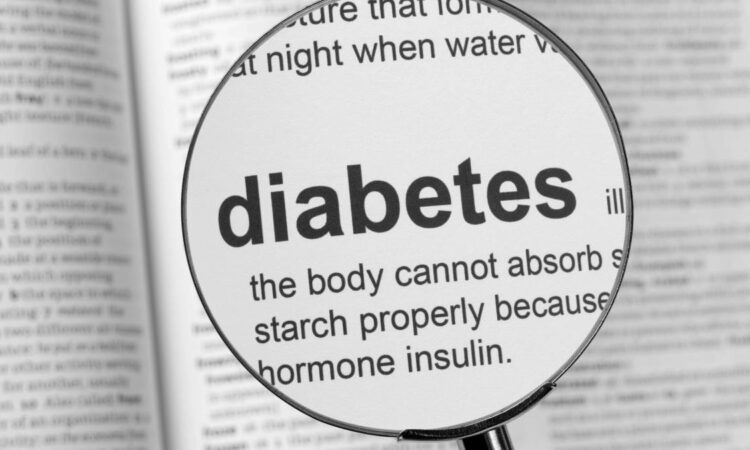
Hundreds of thousands people with type 1 diabetes in England are now using a “life-changing” gadget to help them manage their condition, health leaders have said.
NHS England said that more than 200,000 patients are now using non-invasive glucose monitoring devices, up by around 50,000 since the spring.
These devices allow patients to monitor their blood sugars through an app without having to take a finger-prick test or scan using a different type of monitor.
It is hoped that wider use of the technology will help patients manage their condition better while reducing illness and hospital admissions.
Around eight in ten people with type 1 diabetes now have access to the technology, with almost two-thirds of local NHS areas now offering these devices to patients, NHS England said.
It comes after the organisation announced in the summer that it had secured a deal with manufacturer DEXCOM to ensure these cost a similar price to flash monitors, which use a similar technology but require patients to repeatedly scan the device in their arm to check their vital statistics.
The newer wearable arm gadget uses a bottle-cap-sized sensor which attaches to the arm to measure glucose levels from just under the skin and sends information automatically to a mobile app and allows diabetes patients to always keep track of their glucose levels.
NHS England said the rollout was “going well above and beyond” its original target from 2019 to ensure 20% of people with type 1 diabetes would benefit from flash monitors.
The NHS is aiming for all 42 integrated care boards to be offering both monitors in 2023, with patients to be offered either monitor depending on their needs following consultation with a local clinician.
Professor Partha Kar, national speciality adviser for diabetes, said: “The NHS has revolutionised diabetes care over the past five years – we’ve seen people living with type 1 diabetes go from having almost no practical way to manage their condition in real-time, to having the option of a lifechanging device that automatically alerts patients to potentially dangerous changes to their blood sugar levels.
“As a diabetes clinician, I’ve seen first-hand how liberating this device is for my patients, giving them the confidence to go about their days knowing they are safe and able to enjoy themselves.
“The majority of the NHS has already rolled out these new devices, but the NHS rollout will continue at pace to ensure both devices are available to every patient across the country by the end of next year.”

Health Secretary Steve Barclay added: “Hundreds of thousands of patients now have access to this cutting-edge technology – helping them to better manage their diabetes whether they’re at home or on the move.
“It’s another example of how we’re using technology to improve outcomes for patients, while reducing pressure on frontline services and this will help reduce hospitalisations and diabetic illnesses.
“The NHS has rolled out these devices at pace, and even more patients stand to benefit from this life-saving technology from the spring.”






